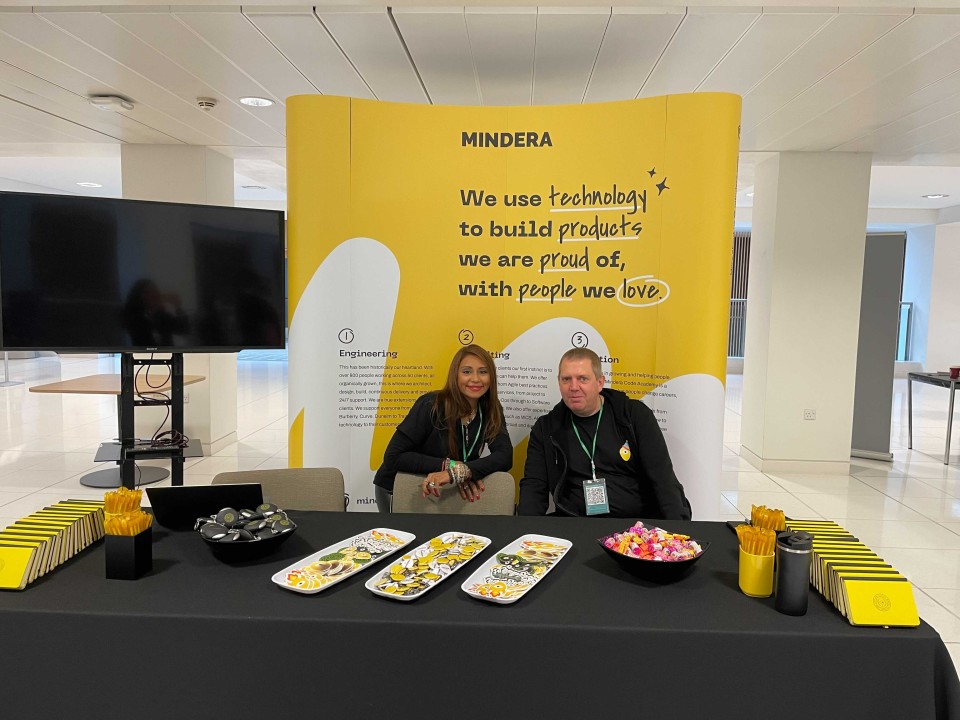In recent cloud projects, I keep seeing the same Spring application anti-pattern. There are controllers for a number of REST endpoints. Each REST endpoint calls a separate class, which carries out the business logic for that action. The problem is that such classes can easily grow to a thousand lines or more, and I’ve often seen single methods over a hundred lines long – an anti-patten sometimes referred to as ‘god classes’. Code is sometimes extracted to private methods within these classes, which can obscure that there is a single execution flow hundreds of lines long. The addition of unit testing means that long, repetitive tests with complicated set-up are needed to provide coverage for branches deep within these classes. These complicated tests then make it difficult to refactor the code.
This problem comes from applying sensible principles in the wrong way. We have the Controller logic separate from the Business logic, and the Model managed by Spring Data classes. It’s a rough MVC pattern – and Spring makes this separation very easy. The problem is that the Controller logic is usually trivial, just an annotation that might as well have been put on the Service class. It’s this Service class that you really want to be split out into smaller classes.
One of the promises of microservices is that they should be nimble, something that can be quickly built and replaced. But such large classes produce microservices which are, basically, tiny monoliths. The complex tests act as a drag on refactoring, making the services little tangles of legacy code.
The Single Responsibility Principle is the sort of thing that comes up in interviews as one of the SOLID Principles, and I’ve never heard anyone argue that it’s a bad thing. Which makes it all the stranger that it does not seem to be applied in practise. Everyone seems to agree that god classes are a bad thing,
One answer here, which I’ve proposed before is to use TDD properly. This is the ideal way to solve the problem, preventing it from happening by applying best practise. In his recent book on Software Engineering, Dave Farley suggests that proper use of TDD avoids this sort of coupled code:
The strongest argument against TDD that I sometimes hear is that it compromises the quality of design and limits our ability to change code, because the tests are coupled to the code. I have simply never seen this in a codebase created with “test-first TDD.” It is common—I’d say inevitable—as a result of “test-after unit testing,” though. So my suspicion is that when people say “TDD doesn’t work,” what they really mean is that they haven’t really tried TDD, and while I am sure that this is probably not true in all cases, I am equally certain that it is true in the majority and so a good approximation for truth.
The other potential solution is to enforce good class design with method size limits in quality-checking tools such as sonar. This restricts developer autonomy in an unpleasant manner, although this is better than the alternative of unmaintainable code. Farley suggests using tools to reject any method of more than a certain number of lines and parameters. He writes:
I will establish a check in the continuous delivery deployment pipeline, in the “commit stage,” that does exactly this kind of test and rejects any commit that contains a method longer that 20 or 30 lines of code. I also reject method signatures with more than five or six parameters. These are arbitrary values, based on my experience and preferences with the teams that I have worked on.
There are actually good arguments for this in that, as Farley points out, “Most optimizers in compilers simply give up trying once the cyclomatic complexity of a block of code exceeds some threshold”. But the most important thing here is that such limits force people out of writing procedural, linear code to produce business actions, and decompose these into single-responsibility classes. There are ways to write poor code within these constraints, but it’s not so easy to do.
